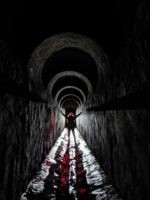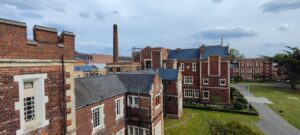Abandoned London: Clapham South Deep Level Shelter

We visited Clapham South deep level shelter as part of a Hidden London tour; you can find more information on these tours here. We met our guides at Clapham South Tube Station on a windy Saturday and were taken around the corner to the entrance at Balham Hill. The concrete rotunda has been camouflaged to match the modern flats built above. The entrance on Clapham Common has been kept the same since its construction and is a discussion point for passers-by.
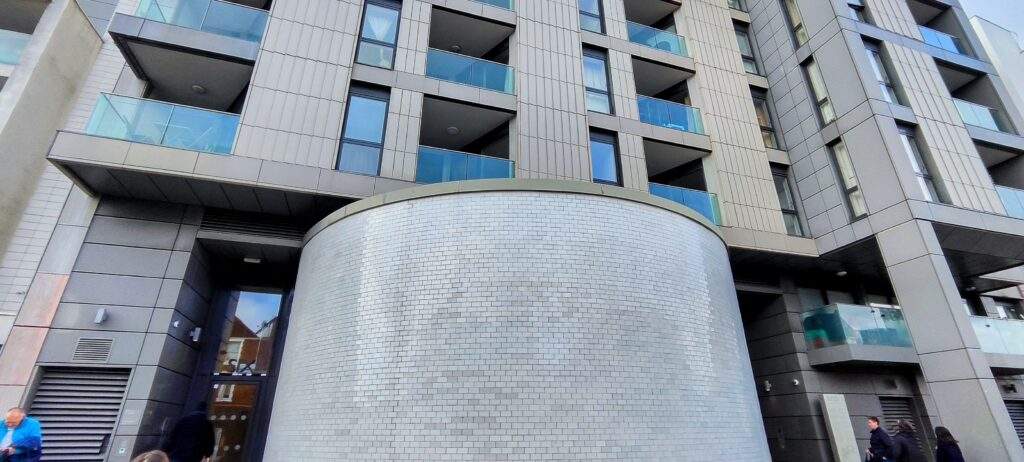

We were taken down the 180 steps to reach the bottom of the shelter. The stairs are a double helix around the old lift shaft. Clapham South shelter has two levels and each one has two parallel tunnels. These tunnel are divided into 4 sections. Each section is named to help shelterers to find their bunk for the night, in Clapham South these were named after naval commanders. Triple bunks were fitted along the wall and the occupants had to bring everything down with them- including a mattress! The shelterers would have been awoken with the first tube trains rumbling by and have to start their day by carrying their belongings back up the 180 stairs!
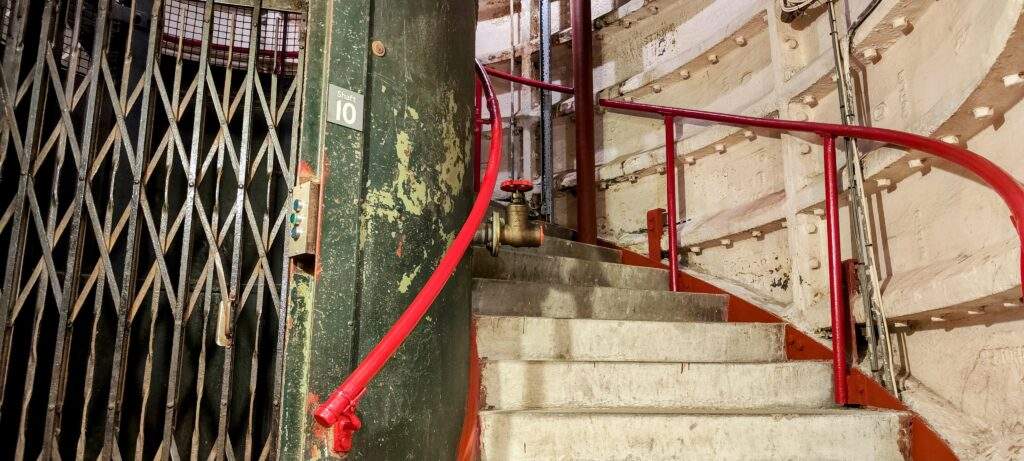
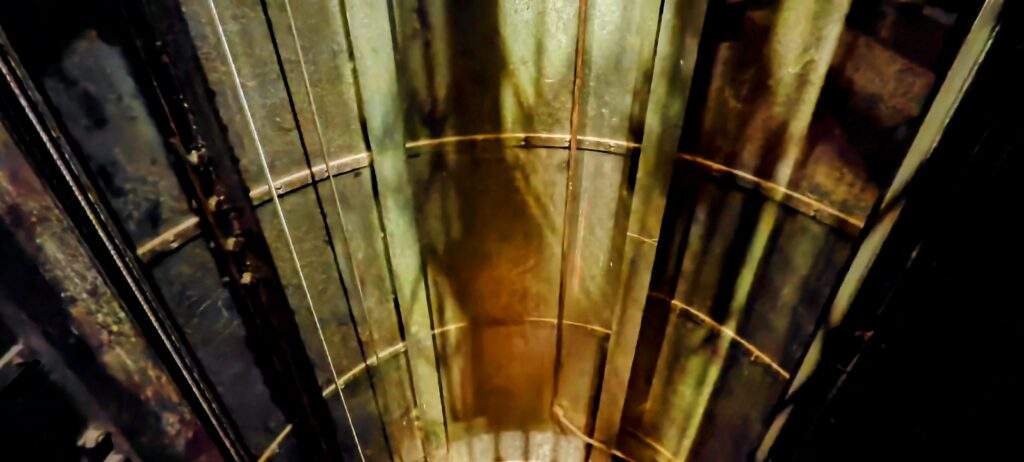
Deep Level Shelters
10 deep level shelters were planned across London and each were designed to house 10,000 people. Only 8 were completed- 4 in North London and 4 in South London, located in Chancery Lane, Belsize Park, Stockwell, Camden Town, Goodge Street, Clapham North, Clapham South and Clapham Common. The two planned locations that were not built were St Paul’s Station, due to fears of the impact on the buildings above, and Oval, because of difficult ground conditions.


History
Construction of the shelters began during the Blitz in November 1940 but due to insufficient labour and materials the shelters were only ready in 1942. Once completed you might think that the shelters would be opened immediately but this was not the case. The authorities were concerned about the running costs so they were not opened, but kept in case the bombings increased.
In June 1944 London was attacked by VI flying bombs (Doodlebugs) and the shelters were opened to the public. There were sleeping quarters, a medical centre, washing facilities and a canteen. Music was played over the PA system to encourage dancing and boost morale. The air-raid shelters were open for less than a year and closed near the end of the war on 7th May 1945.

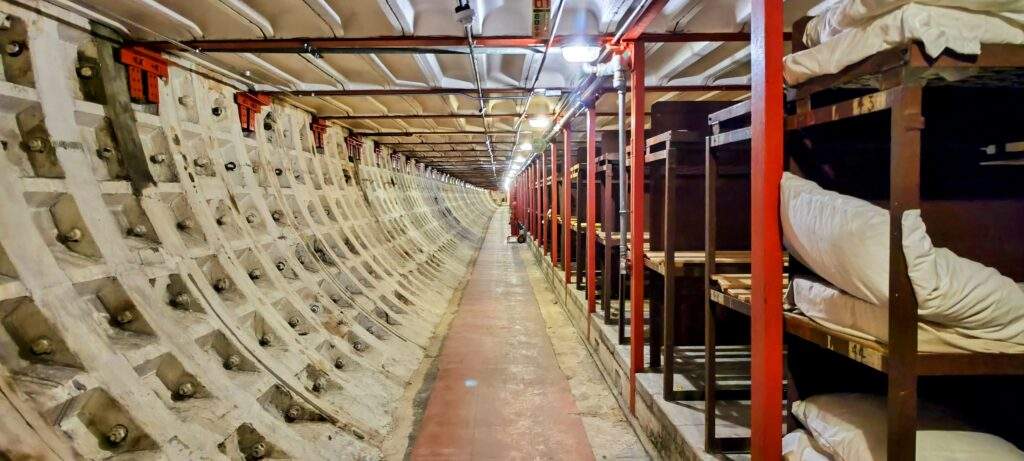

Post-WWII was a time of labour shortages and Britain asked its colonies to help. There was nowhere to house the new arrivals so Clapham South’s deep level shelter opened its doors once again. The workers went to the local labour exchange in Brixton and many men quickly found work and accommodation nearby.
In 1951 the Festival of Britain was organised as a centenary celebration of The Great Exhibition in 1851. The event was to celebrate Britain’s achievements in science and the arts and give the country a boost after years of austerity. It was soon realised that London’s hotels would not cope with millions of visitors from around the world. The festival sold over 10 million tickets and so Clapham South was opened to provide cheap Bed and Breakfast accommodation. Around 1,500 visitors paid 3 shillings a night to stay at the ‘Festival Hotel’.
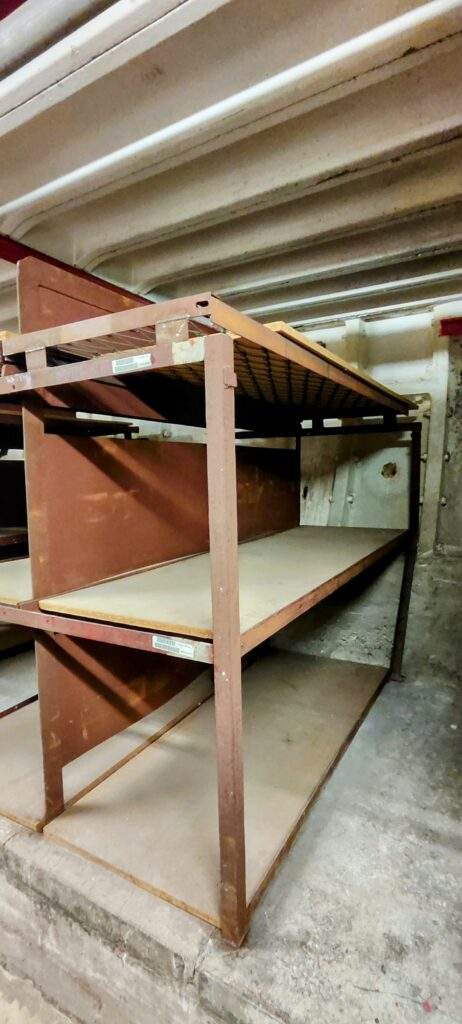

The deep level shelter was used in 1952 to house troops for King George VI’s funeral in February and then used for the Queen’s coronation.
The soldiers have left behind pencil notes and drawings from their time underground. These are often left upside down as they were written whilst lying in their bunk. In 1956 Goodge Street shelter experienced a fire, accidentally started by the soldiers housed there. Nobody was hurt but it did take 3 days for the fire service to put it out. This event put an end to the deep shelters being used for accommodation.
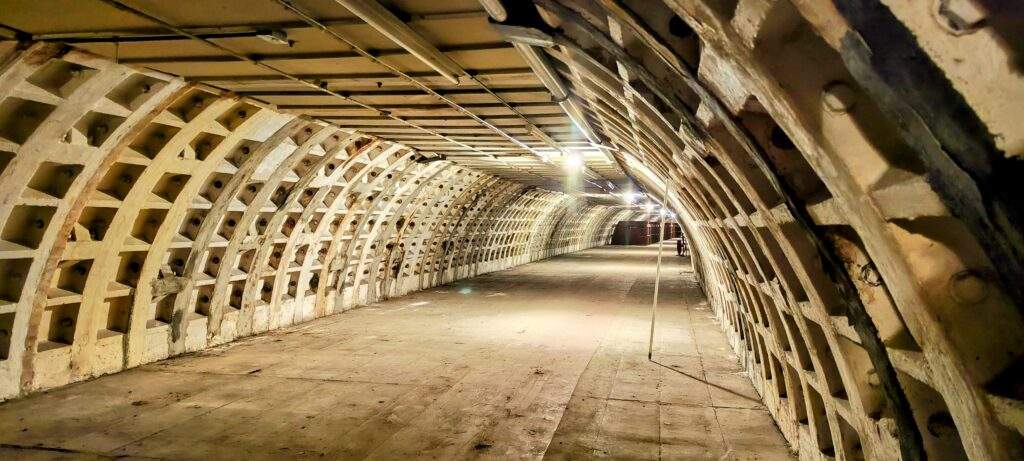
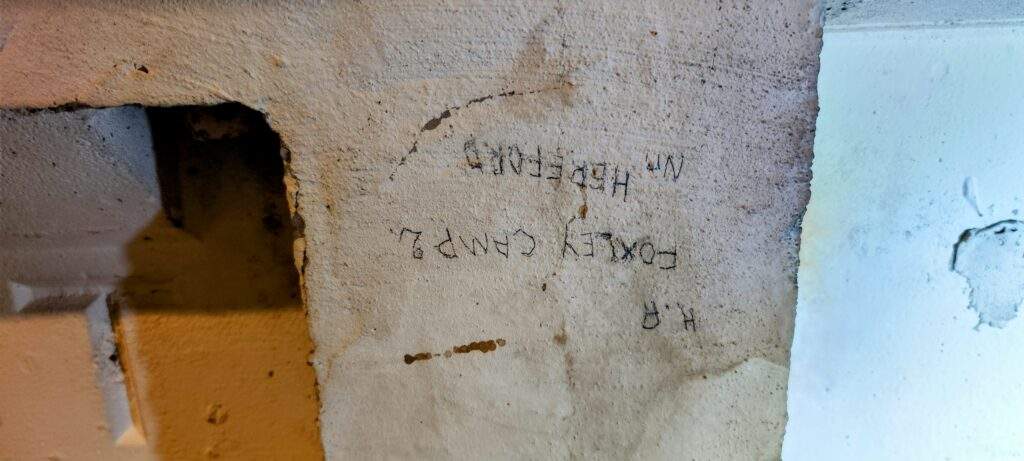
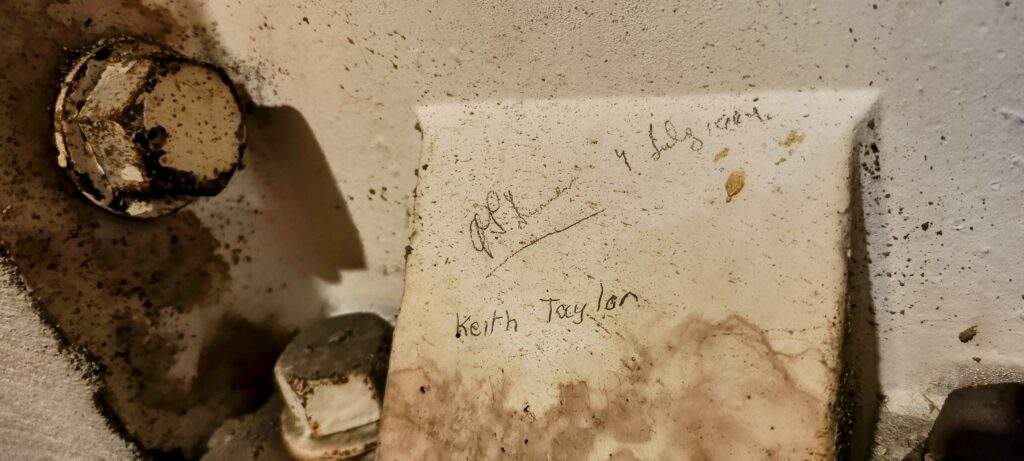
By 1970s all of the deep shelters were used for security storage. In 1998 all of the shelters were put up for sale and London Transport purchased them all. If you want to see inside of Clapham South for yourself Hidden London filmed a clip to give you a detailed look at the site.
Last Updated on 22 October 2024 by Michael

